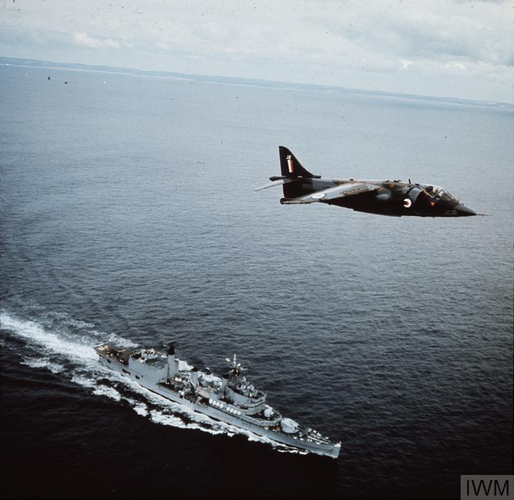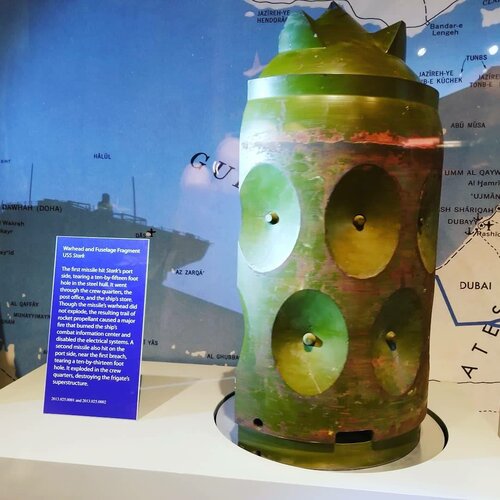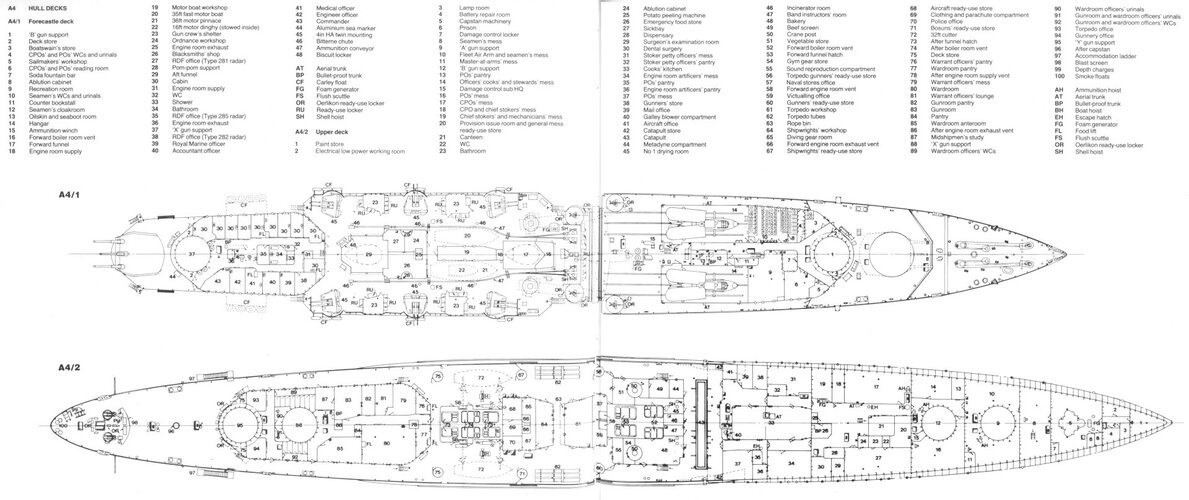- Joined
- 27 September 2006
- Messages
- 6,074
- Reaction score
- 6,187
The three Tiger class cruisers arouse strong opinions.
As the only major non-carrier RN warships built after WW2 they mark the transition of the RN from a force built round its battleships' big guns to a missile dominated navy.
The 6" and 3" guns fitted to them were supposed to be a new approach to gunnery. As so often with Britain the promise failed to deliver.
Too small to receive Seaslug and too new to be scrapped as the County class GWDs entered service they became a quick fix to the RN's need to get big ASW helicopters to see.
HMS Blake became the first RN non carrier warship to operate the new Seaking helicopter. Described as a frigate towing a shed she lacked the subtlety of Italy's Terrier equipped helicopter cruisers. HMS Tiger took even longer to convert and HMS Lion was abandoned.
But in the harsh world of the 70s they were all the RN had.
As the only major non-carrier RN warships built after WW2 they mark the transition of the RN from a force built round its battleships' big guns to a missile dominated navy.
The 6" and 3" guns fitted to them were supposed to be a new approach to gunnery. As so often with Britain the promise failed to deliver.
Too small to receive Seaslug and too new to be scrapped as the County class GWDs entered service they became a quick fix to the RN's need to get big ASW helicopters to see.
HMS Blake became the first RN non carrier warship to operate the new Seaking helicopter. Described as a frigate towing a shed she lacked the subtlety of Italy's Terrier equipped helicopter cruisers. HMS Tiger took even longer to convert and HMS Lion was abandoned.
But in the harsh world of the 70s they were all the RN had.




